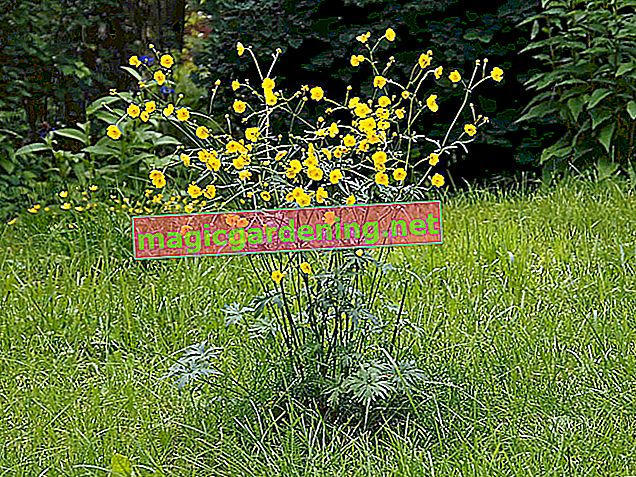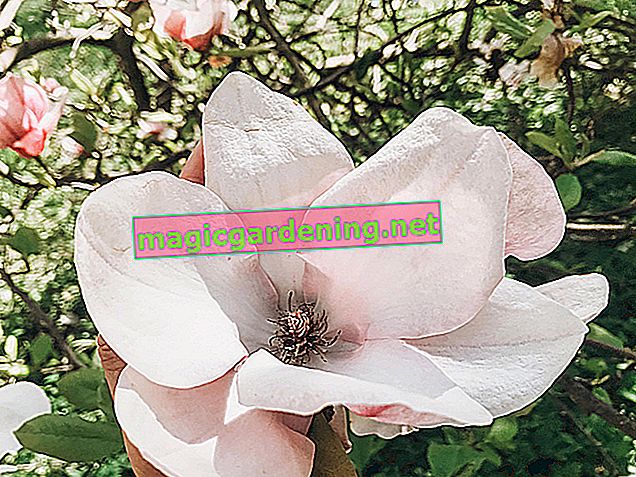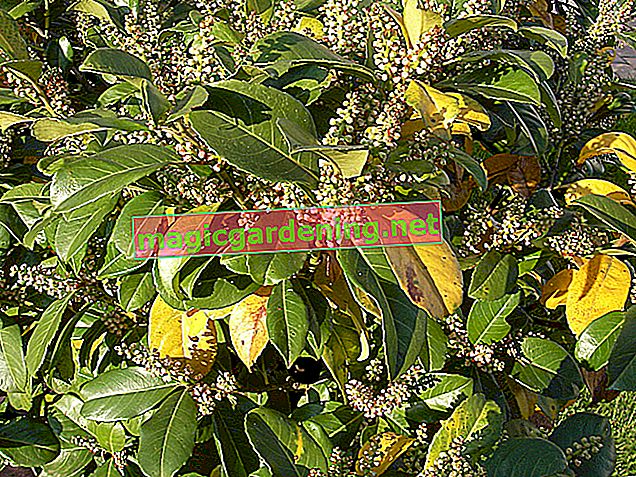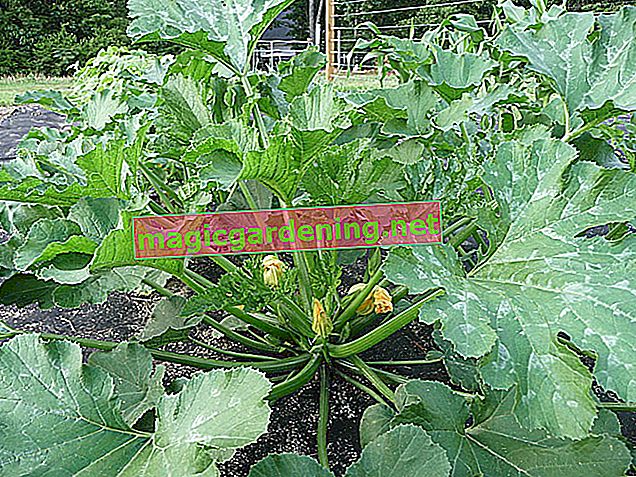
Sharp buttercup - a profile
- Botanical name: Ranunculus acris
- popular names: buttercup, houndstooth
- Family: Buttercup Family - Ranunculaceae
- Plant shape: perennial
- Occurrence: meadows, fields, compacted soils
- Height: 30 to 100 cm
- Leaves: basal, long-stalked, three main segments
- Flower: up to 2 cm in diameter
- Flower color: golden yellow
- Flowering period: May to September
- Propagation: generative (exclusively via seeds)
- Winter hardiness: completely hardy
- Toxicity: toxic in all parts
Pulling sharp buttercups in the garden
While the sharp buttercup is feared as a poisonous weed in fields and pastures, there are also some varieties that are suitable for care in the garden.
also read
- How long is the flowering time of the sharp buttercup?
- The fight against the common buttercup
- The flowering time of buttercup depends on the variety
The “multiplex” variety, for example, produces very beautiful double flowers that provide golden yellow color effects during the flowering period from April to June.
Spreading is not to be feared, since the flowers of cultivated buttercups are sterile. The propagation can be done by dividing the perennials.
Maintain sharp buttercups in the garden
Sharp buttercups prefer to grow in sunny to partially shaded locations in the flower border. The perennial can also be grown in the bucket.
A loamy, not too dry garden soil is sufficient as a substrate. Sharp buttercups generally prefer moist rather than dry conditions.
Just like the wild representative of this species, sharp buttercups hardly need any care. Watering is only necessary in very dry summers. Fertilization can also be dispensed with, as the plant needs very few nutrients.
Sharp buttercups are poisonous
Sharp buttercups, whether the wild or cultivated representatives of the family, are poisonous in all parts. Even the sap that escapes when cutting can cause skin irritation. Gloves should therefore always be worn when caring for the plant.
If the plant is accidentally eaten, symptoms of poisoning such as vomiting, diarrhea and an increased pulse become noticeable.
Children should be advised not to pick these flowers.
Tips
Fighting buttercups is not easy. Infested meadows and lawns must be mowed early so that no flowers and therefore no seeds can form.








